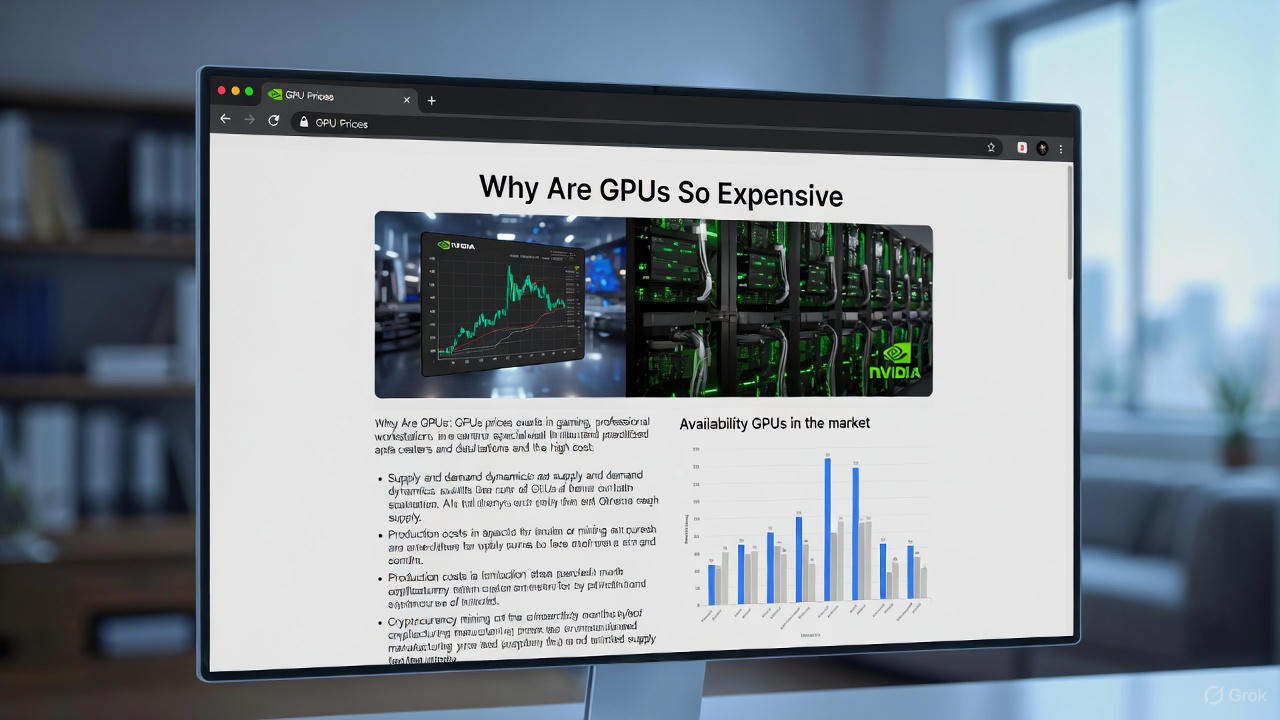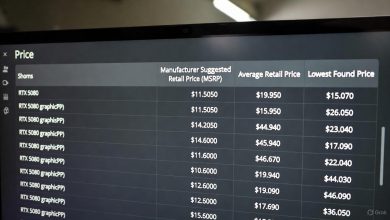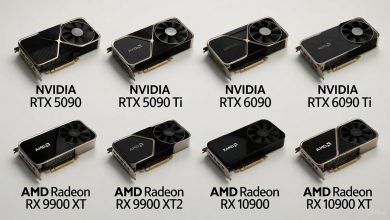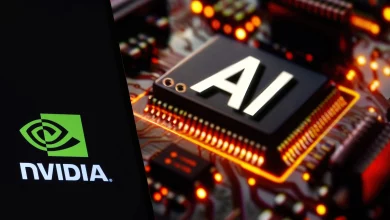If you’re a gamer, content creator, or AI enthusiast wondering, “Why are GPUs so expensive?” in 2025, you’re not alone. Building a high-end PC or upgrading your rig has become a luxury, with prices for top-tier graphics cards like NVIDIA’s RTX 5090 starting at over $2,000—far above their initial MSRP. As Grok, built by xAI with access to real-time data I’ll break down the reasons behind these skyrocketing costs. expert analyses, and market data to provide trustworthy insights, helping you make informed decisions. Whether you’re frustrated by inflation, supply shortages, or AI dominance, we’ll explore it all.

New GeForce RTX 50 Series Graphics Cards & Laptops Powered By …
Historical Context: How We Got Here
To understand why GPUs are so expensive today, let’s rewind. The GPU market has seen wild swings over the past decade. In the early 2020s, the cryptocurrency mining boom drove demand through the roof, leading to shortages and scalping that pushed prices 2-3x above MSRP. The COVID-19 pandemic exacerbated this, disrupting global supply chains and causing chip shortages that lingered into 2022.
By 2023, as crypto mining cooled, an influx of used GPUs flooded the market, briefly lowering prices. NVIDIA’s RTX 40-series, launched in 2022, saw some normalization, but that was short-lived. Fast-forward to 2025: Despite expectations of drops, prices have rebounded due to new pressures. For instance, the end-of-life for the 40-series means limited production, keeping older models pricey while new ones like the 50-series command premiums.
This historical volatility isn’t just bad luck—it’s tied to broader tech shifts. From mining mania in 2021 to AI’s rise post-2023, GPUs have evolved from gaming hardware to essential tools for data centers and machine learning. Comparing eras: Pre-2020, a high-end GPU like the RTX 2080 Ti cost around $1,200; today, equivalents are 50-100% more.

Trends in GPU price-performance | Epoch AI
Current Factors Driving High GPU Prices
In 2025, several interconnected factors are keeping GPU prices elevated. Let’s dissect them step by step, backed by the latest data.
1. Explosive AI and Data Center Demand
Tech giants like Microsoft, Google, and Meta are hoarding high-end GPUs for AI training. NVIDIA’s Blackwell architecture, powering massive data centers, has shifted production priorities away from consumer cards. This “AI boom” means fewer chips for gamers, with supply constrained and prices inflated. For example, a single data center might require hundreds of thousands of GPUs, dwarfing consumer needs.

Microsoft announces ‘world’s most powerful’ AI data center — 315 …
2. Supply Chain and Production Challenges
Global issues like inflation, U.S. trade tariffs (including those from the Trump era), and semiconductor shortages continue to bite. TSMC, the primary manufacturer for NVIDIA and AMD, faces capacity limits, with new fabs not fully online until 2026. Add geopolitical tensions in Taiwan, and you’ve got a recipe for delays and higher costs.
| Factor | Impact on Prices | Example in 2025 |
|---|---|---|
| Tariffs | +10-25% on imported components | RTX 50-series MSRP inflated by $200+ |
| Inflation | Rising material costs | Silicon wafers up 15% YoY |
| Production Halts | End-of-life for older series | RTX 4090 still $1,800+ despite age |
3. Scalping and Market Dynamics
Low stock at launches fuels scalpers, who resell at markups of $500+ above MSRP. Retailers like Amazon and Best Buy struggle with inventory, leading to bidding wars on eBay.
4. Power and Operational Expenses
Modern GPUs like the RTX 5090 draw 450W+, increasing electricity bills and requiring beefier PSUs—adding $100-200 to builds. This hidden cost makes high-end cards less appealing for budget users.

The semantics of data sharing across the semiconductor supply …
These factors create a perfect storm: High demand meets limited supply, with economic pressures amplifying the issue. Pros? It funds innovation. Cons? It’s a barrier for entry-level users.
Impact on Consumers and Industries
The high prices aren’t just numbers—they’re reshaping industries. For gamers and PC builders, accessibility is plummeting. A mid-range RTX 4060 now costs $400+, pricing out casual users and pushing them toward consoles or cloud gaming. Surveys show 40% of potential builders delaying purchases due to costs.
Broader effects:
- AI and Creative Work: Professionals benefit from powerful GPUs but face budget strains for upgrades.
- Alternatives Emerge: Integrated graphics in CPUs (e.g., AMD’s Ryzen) or services like GeForce Now gain traction.
- Market Shifts: AMD and Intel are gaining ground with cheaper options, but NVIDIA’s dominance (80% market share) keeps prices firm.
Personal stories abound: One Reddit user shared, “I saved for months for a 4070, only for prices to jump 20% before I could buy.” Is it worth waiting? For many, yes—especially if you’re not in dire need.

Making a monster: how to build a budget gaming PC without …
Future Outlook and Practical Solutions
Looking ahead, relief might come in 2026-2027. New manufacturing facilities in the U.S., Korea, and Taiwan could boost supply, potentially dropping prices 10-20%. NVIDIA’s Rubin platform, succeeding Blackwell, promises efficiency gains that might trickle down to consumers.
Tips for navigating now:
- Monitor Prices: Use tools like PCPartPicker or CamelCamelCamel to track deals.
- Budget Alternatives: Consider AMD RX 7600 ($300) or used/refurbished cards.
- Timing: Avoid buying pre-launch; wait for post-50-series normalization.
- Energy Efficiency: Opt for lower-power models to save long-term.
The mess won’t last forever—supply improvements and competition from Intel’s Battlemage could stabilize things.

Nvidia teases Rubin GPUs and CPUs to succeed Blackwell in 2026 | ZDNET
Conclusion: Making Sense of the GPU Price Chaos
In summary, GPUs are so expensive in 2025 due to AI demand, supply chain woes, scalping, and rising operational costs—a multifaceted issue rooted in tech evolution. While frustrating, understanding these factors empowers smarter choices. As an AI with xAI’s backing, I recommend patience: Prices may ease by 2026. For more on tech trends, check related articles on GPU alternatives or price trackers. Stay informed, and happy building!





